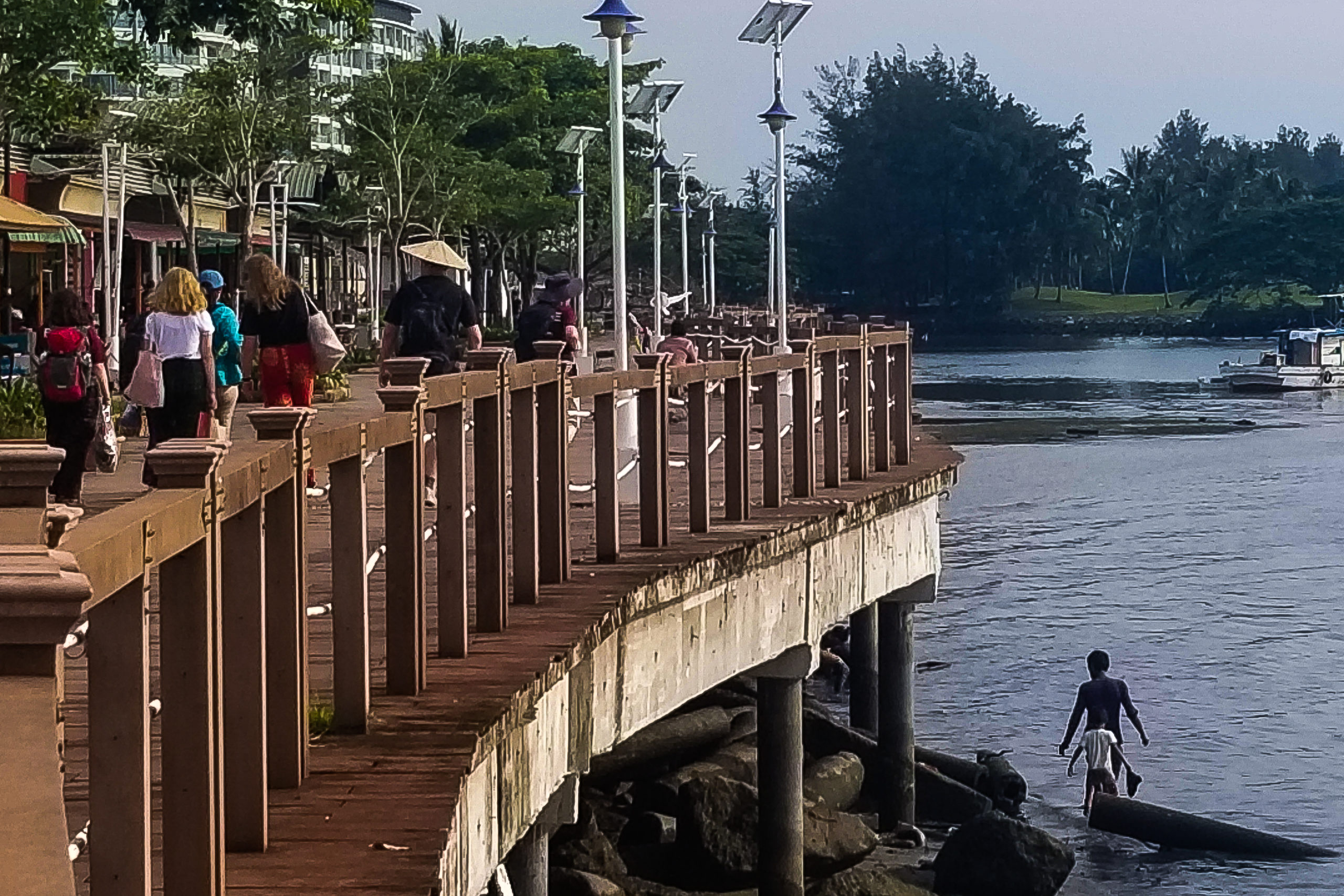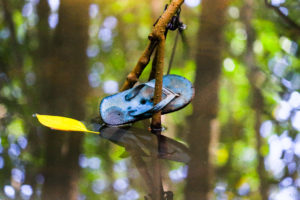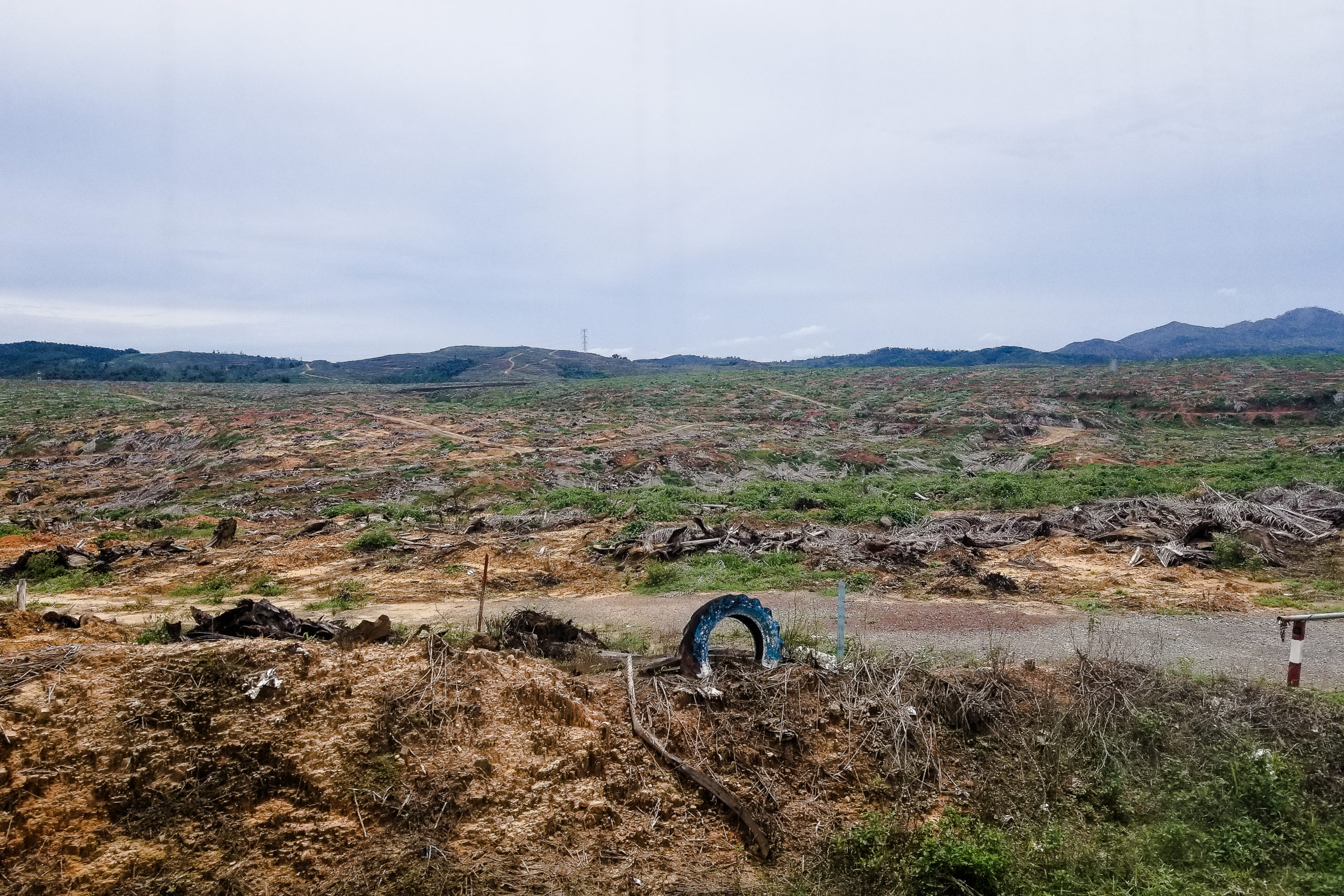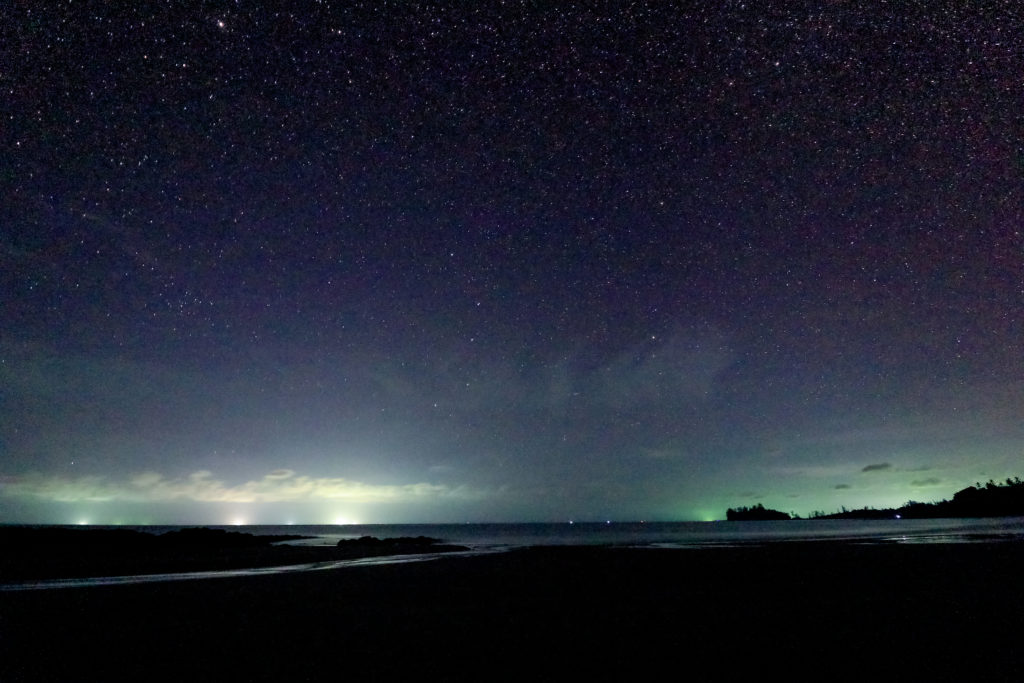
A Perception of Exposure: East VS West
On byAs the world enters a new decade, new challenges and opportunities arise. Though it may be a tradition to start fresh and to begin anew, we must not forget the conflicts that were left unchecked and unresolved. Issues that are not addressed within a specific time span tend to mold itself into a whole new debacle, weaving itself into other issues and further compounding the initial conflict. Looking back on my journeys I was able to draw many perspectives, the most impactful-of being international views on environmentalism at the local and broader scale. Having befriended many faces, I gained the privilege of learning about their perspective of a global issue in a local context, as well as how they view the rest of the world similarly to how the world looks onto them.

**It is often a taboo to generalize, but unfortunately knowledge is limited based on the capacity of our senses. My eyes and ears have been exposed to a diverse amount of insight, but I am limited to what I have only seen and heard. **
Places that are considered “West” tend to be countries such as the United States of America, Canada, and western parts of the EU (this being written while the UK is still part of the union) which the majority so happens to be developed-countries. When folks speak of the “East,” it is usually in the context of countries and cultures including the Asian continent, which so happens to be majority developing-countries. When comparing environmentalism between the east and the west, there is a distinct difference in response to the topic. From my exposure to the world, I’ve observed that the West, developed and educated, are aware of the environmental conflicts that happen globally, yet act unconvinced of science and can not surmise if this is a true threat worth our efforts. Compared to the West, Eastern nations are still developing social, economic, and physical infrastructure, yet have already acknowledged the environmental conflicts and begun adapting, managing, and preventing further conflicts well before western politics can congregate I have reasoned that this conflict awareness is developed from the region’s socioeconomic factors, and the environment’s influence on the people and its location; the main factor summarizing all is exposure.
Growing up in a developed nation, the majority of the city dwellers and suburban residents had access to exceptional infrastructure such as waste treatment, high quality of water and energy, and consistent food supply. The occasional power outage in the winter would cease suburban activity, but I was fortunate not to experience high levels of natural disturbance. Since Vancouver is considered a metropolis and a shipping hub, the access to efficient infrastructure and the abundance of resources were a given circumstance. This “safety” net creates an artificial setting where we often forget of the dependency on our environment. When we lose such connection, we distance ourselves with the environmental changes that happen, especially during this era of climate change where this focus should be our main priority. News stations across the world would tell tales of the increasing frequency of natural disasters and drastic weather changes, but our attention falls short because we are not directly affected by this. It can be argued that in the age of technology and social media, people of the West are fully aware of these events but it can be justified that awareness does not equate exposure.

Watching sea level rise on a televised screen in a landlocked region can not be compared as experiencing yearly flooding. It takes a certain amount of privilege to debate the circumstances without consequences. Sub-topics such as the relationship of autism and vaccines, or questioning the legitimacy of climate science, are only seriously discussed in developed nations. Such topics were not brought up while traveling in the east, unless it was in a satire context towards the culture of the west. The distance of exposure is most likely a key factor in this situation. In an era of information, there is an excess of knowledge and facts and not enough of the desire to understand, consequently having the West to live in a world where disasters pose no threat to apathy and ignorance.
In contrast, the majority of nations in the East are in states of development. From natural disasters and a weaker economy, towns and regions are more sensitive to changes and disturbances. Many people have to pay more for certain services that Westerners often take for granted; boiling or buying bottled water, healthcare, and resources such as agriculture and lumber. In the larger cities, the decrease in social services creates harder circumstances for people to manage their lives. In regions more secluded where people’s livelihood is dependent on the environment, there are rarely any services available, sometimes no cellular service. In those conditions, livelihood is more fragile as they have no alternatives when disturbance occurs.

Smog, dust, and overall air quality has been a known topic in large metropolitan cities. Cities in developing countries may not have the most efficient energy producing technologies nor can the day-to-day working person afford them. Many motor vehicles on the road are at least 10 years old and used until its breaking point and most towns still depend on diesel for their generators. I spoke to a guide while climbing the backside of Batu Caves and the topic of palm oil came up. Paraphrasing his words, he said that the majority of the smoke in Kuala Lumpur is not from cars or factories, but from the forest burning outside of the city to make way for civil development and agriculture, mainly palm oil. This is common knowledge and an ongoing conversation for people who live on the perimeter of the city, as air quality is of high concern since it must be dealt with everyday.


In Kudat, the Borneo side of Malaysia, I’ve been fortunate enough to stay with a family while working with the Kudat Turtle Conservation Society. The area they lived in was remote as possible; there were no streetlights other than their own lamps, no cellular service, and the nearest town Kudat was 40 minutes away by car. This family has lived off the land for generations by growing their own crops, tending the rice fields, and fishing off the coast. As traditional and contemporary living styles integrate, they do require additional resources from the town such as fuel for electricity, extra food they cannot grow, and miscellaneous supplies.

One resource for sustenance they depend on is seafood. Borneo is also known for their abundance of oil production, hence off the coast in the horizon at night you can see the lights from the oil drills. I spotted one of the uncles leaving the shore for night fishing, only to return at dawn with 2 large fish. “Years ago,” he said, “I would leave for an hour and come back with many fish lasting our family for days.” Now he would have to spend the whole night fishing, sometimes returning at dawn empty handed. He also mentioned that you would be able to see manta rays and whale sharks off the coast.” Ever since an oil spill occurred from the rigs 10 years ago, the abundance of seafood decreased and never recovered. One of the family members must drive to town more frequently to purchase additional food for the household.

Although a high majority of the population lives in metropolitan areas, the number of small towns and villages are high. Because of their direct exposure to the impacts of environmental damage, many communities that still rely on natural resources are actively aware of the issue and are proactive in spreading awareness. For years it was shunned to use any single-use plastics due to the amount of garbage that would wash up on their shores. With everyone I had befriended in Malaysia, they mentioned it was common for folks to have their own metal straw or any reusable utensils with them. The neighboring country of Thailand and the city state Singapore known for its cleanliness, has also adopted this mentality due to their sensitivity to their environment. This phenomenon is frequent elsewhere in Asia. When I arrived in India in 2017, parts of South India such as Kerala had banned plastic bags for a couple of years and resorted cloth bags as an alternative. Even in Nepal, although single-use plastics is still used for convenience in the high mountains, it is highly shunned amongst locals. It is only now in North America that the idea alone, of straying away from single-use plastics, is gaining momentum.
Conversation is important nonetheless, however reading journals on climate science can not be compared with the experiences of fires and floods. In an era of knowledge, we are desensitized to the weight of words and the power of pictures, but this can be an opportunity for us to use this knowledge to not “simply know”, but to understand. I would reason that “knowing” is only using our sense of sight; observations is perhaps the most basic instrument of knowledge. If we were to use all of our senses, our knowledge would gain context and thus would allow ourselves to fully understand. I would advocate that we should all immerse our senses, in our own environment as well as someone else’s. It is only until we are fully exposed to the world, where we will truly understand.
